The modular nature of the SO Tech Mission Go Bag makes it a very adaptable Go Bag.
This bag was designed and built to fill the Go Bag niche and adapts to be carried any way you would like to carry it and piggybacks onto or tucks into larger packs.
The Role of the Go Bag
In the context of a Modular Survival Kit, the increased capacity of a Go Bag, adds needed capability to the core layer of survival/self-recovery equipment carried in your pockets, but is smaller and lighter than a day pack or assault pack and much smaller and lighter than the main pack or ruck that carries the survivalist’s subsistence load.
A Go Bag is typically a shoulder bag (although they are ideally modular and may convert/expand to a waist pack, carry-on, backpack and more) that is small and light enough to be part of your EDC or Everyday Carry. The bag’s contents (and perhaps even the bag itself) may change from day to day to adapt to the user’s current environment and mission and the threats at that come with them.
The Go Bag enables the survivor to carry more of what’s needed to survive than can reasonably be carried in their pockets. A little more ammo, trauma kit, shelter water and food than can fit into a PSK is very welcome in a survival ordeal.
For example, an aviator has some basic survival gear on his vest, a larger kit in his ejection seat and then the very basics attached to the parachute harness. One way to look at is that he has primary, secondary and tertiary survival gear. Another is that each layer gives him or her a little more capability and sustains the aviator a little longer. It also builds in the capacity to adapt to unanticipated conditions. If non-aviator personnel travel aboard a military aircraft and must bail out, at least they will have the parachute itself and the small, tertiary kit attached to the parachute harness, which contains a small pocketknife so they can more easily and effectively use of the parachute material and paracord, and so on.
Catch A Glimpse of Green Beret Outdoor Survival Ingenuity
Depending on your load bearing equipment and pack are configured, a Go Bag can fit in a compartment of your main pack, buckle to the outside or form the top lid of your main pack so that it can be removed in seconds should you have to doff your main pack in order to move faster or in the event that you go for an unplanned swim. Your Go Bag can also go with you as part of your everyday carry in situations where a larger pack can’t come with you.
As with dress and other equipment, the absence of overtly tactical features on you bag will help avoid unwanted scrutiny from all but those who live the “tactical lifestyle.” Unless you take your efforts to subdue your appearance to the extreme, the best you can hope for with this crowd is plausible deniability. And that goes double if you’re a military-age male.
Go Bag Contents
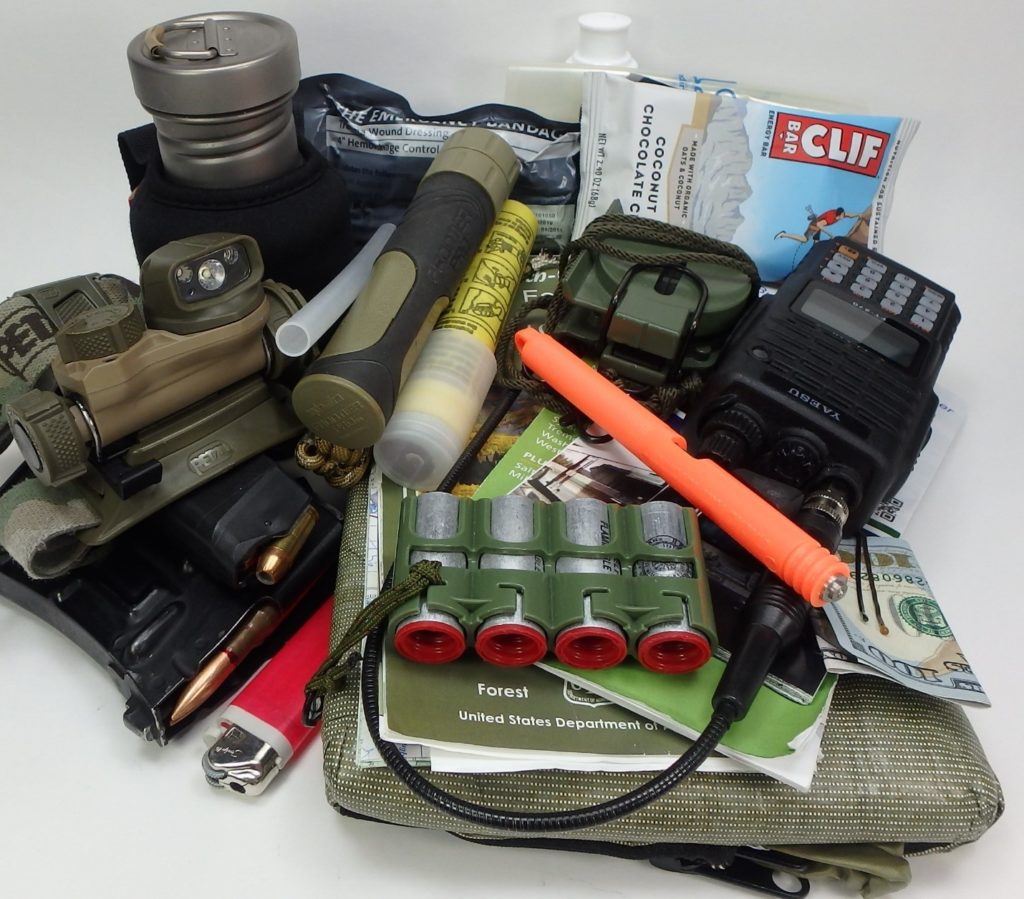
Here I’ll discuss what’s a go bag should contain, but first I should touch on what shouldn’t make it into a go bag.
What Should Not Be in a Go Bag?
What I don’t carry in mine is:
- My Core Layer, including my PSK, which I often refer to as a Survival/Self-recovery kit, to shift the emphasis from rescue to self-recovery.
- My primary sidearm isn’t in it either. This is both because it’s part of my core layer survival/self-recovery equipment, but also because of the tactical liabilities that come with carrying your weapon in a bag as opposed to firmly attached to your body. Unless a bag (or purse) is secured firmly to your body with both shoulder and waist straps, your holster platform is flapping in the wind, which doesn’t make for a consistent grip index or facilitate the subsequent points of a proper draw. The other problem is that it is easier to separate your bag from you than a holstered firearm. The bag itself is a target for theft and if someone gets a secure grip on the strap, then you’re playing tug ‘o war over your firearm.
- Anything beyond what I need to survive and effect self-recovery or signal for rescue. Shoot for exactly what you need and nothing more. Some say to pack a little less that what you need, but that will happen naturally. While it is good to challenge yourself while training and help is a call away, you don’t need build in additional challenges built in to a life and death survival ordeal. You may be facing more than you can handle already. The fact that you can’t reliably predict the future makes gear selection tough enough by itself. That’s why so many people don’t survive. In fact, it’s so common that we often don’t even hear about them. So many people die every day that another death or two are often unremarkable. Pack precisely what you’ll need and nothing more.
EDC
EDC Guidelines: Your Go Bag isn’t going to do you any good at home in your closet. To justify bringing it with you everywhere you go, it’s got to contain things that are useful in everyday life in addition to being useful for survival. In large part, this can be achieved by choosing survival gear, who’s multi-use nature also projects into everyday life and vice versa.
 Sample EDC Contents:
Sample EDC Contents:
- EDC Dopp – Comb, toothbrush, toothpaste, floss, wet wipes, small squeeze bottle of Dr Bronner’s soap, a quick-dry wash cloth for long trips, whatever you use for TP, extra zip seal bag or two, lens cloth. The contents of mine is in the photo below. As you can see, the contents fit on a bandana folded in 8ths.
- Electronics Accessories – At a minimum, you should be able to charge your cellphone, PLB or satellite messenger and the batteries for your headlamp, flashlight, radio and GPS if you carry one. A small solar battery pack means that if you walk out the door and off the grid, you don’t lose situational awareness and the ability to communicate.
- Solar USB Battery Pack – Augmented communications and signal capability and the means to extend the runtime of cellphones, radios and other critical equipment with a small solar battery pack & charger. Many times, another couple of hours of runtime for a cellphone, radio or PLB makes all the difference. While movies, TV and advertisements may give the impression that an instantaneous contact is all that is necessary to coordinate rescue or self-recovery, many dozens of messages are passed in the average incident of either.
- Memory – We all have data that is important to us. Carrying a Digital Survival Library on a pen drive that works with both your computers and cell phones ensures that you have access to the information you need, even if returning home isn’t an option.
- Batteries – I carry lithium batteries in devices that may be stored long-term or in the heat and carry some rechargeable batteries for equipment I carry.
- Cables – Short charging & data cable with adapters for common devices.
- Chargers – A small 12v or USB battery charger enables you to recharge small batteries using your solar battery back.
- Adapters
- Camera – If you carry a separate one. I included it because I carry one because of what I do for a living.
- Bandana – An extra, clean, 100% cotton bandana or two have near unlimited uses.
- Communications – I also carry some extra SIM cards when I travel. An old school radio pager is a great way to be able to receive messages from any phone that don’t betray your location.
- Pre-paid Cell Phone – If you may need a phone that can’t easily be traced back to you.
- SIM Cards – SIM cards are tiny, inexpensive and necessary to make cellphones work.
- PLB or Satellite Messenger – These amazing devices can greatly shorten a survival ordeal. Just realize that you’ll still have to survive until rescue and even though you may be able to communicate anywhere on Earth, many areas simply don’t have search and rescue teams. In these areas, you can press the button until the battery dies and no will come looking for you.
- Communications Plan – Should include a small address book for contact information as well as frequencies, contact times, callsigns, pre-paid codes to add minutes to phones and an international calling card number. I carry postage stamps too.
- Money – A stash of cash above and beyond what you carry in your wallet and on your person is far more likely to get you out of a survival/self-recovery jam than a firearm. Even the hardest men need food, transport, supplies, lodging and other aid and money to pay for them. In my book, the emphasis of firearms and other weapons to the exclusion of all other solutions is borne out of a truly special kind of naivety.
- Field Book/Notebook & Pen – Metal body pens are improvised weapons that are allowed almost anywhere, and a survival field book is an important tool to leave notes and take notes. Mine comes in handy for reconnaissance and orienteering and is packed with forms and checklists of lifesaving information that is near-impossible to remember under the stress of a life-threatening emergency.
- Leatherman Tool
- Small Tool Pouch
- SolKoa GRIPS-S Handles – These quickly became one of my favorite tools and can hold reciprocating saw blades, wire saws and about any shape bit under ¼”.
- 6” Diamond Reciprocating Saw Blade – If you can’t bypass or pick a padlock this will get you in and is a lot lighter than a pair of bolt cutters.
- 6” Multipurpose Saw Blade – Metal, wood, bone, plastic.
- Spiral Wire Saw Blade – Extra blade for handles.
- Traveler’s Hook – Unlocks live-latched doors far more effectively than a pocket jim.
- Leather Awl
- Sail Needle
- Sewing Needle
- 100MPH Tape
- Ferro Rod
- Carbide Sharpener/Ferro Rod Striker
- Double-sided Diamond Knife Sharpener
- Smith’s Diamond Rod Sharpener (Rod only)
Security/Situational Awareness
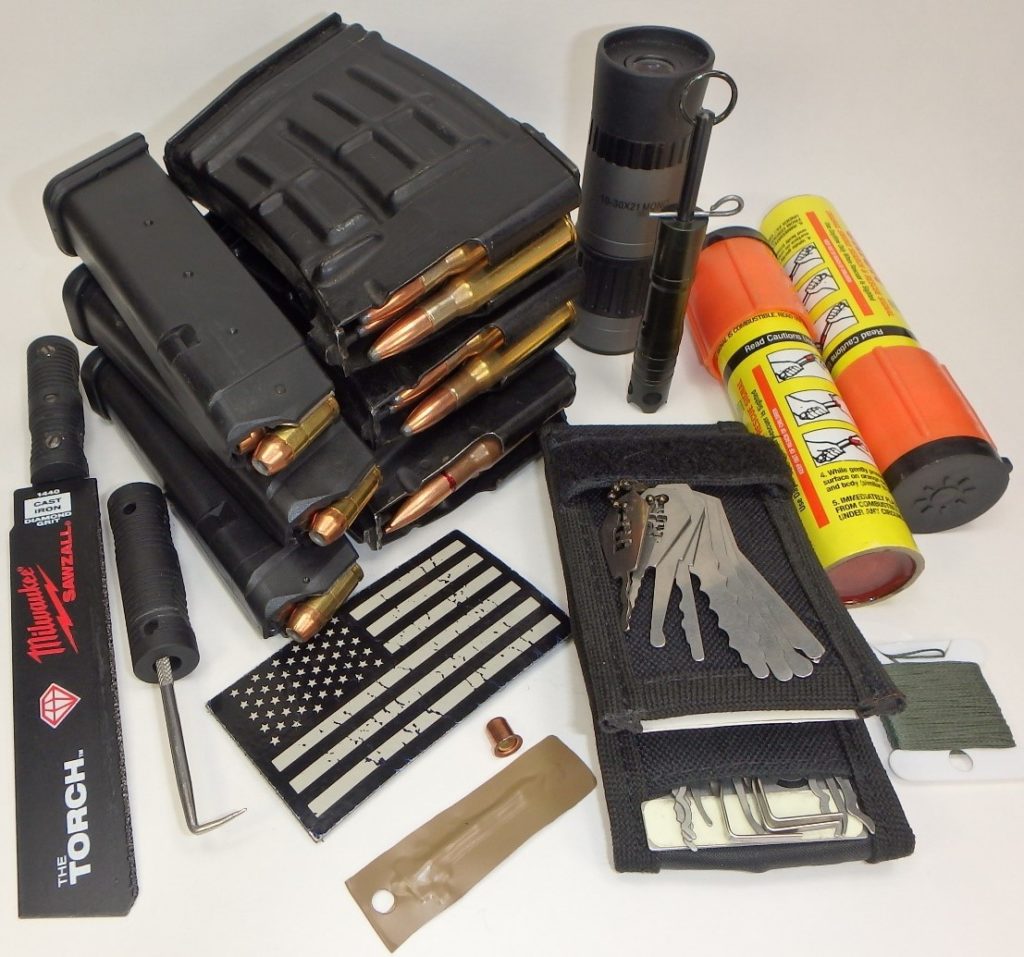
Sample Security Contents:
- Magazines – I typically carry four extra standard mags for my sidearm in my Go Bag. If I’m also carrying a rifle, I carry a three-magazine shingle. If not, I add a pouch of three Glock 18 magazines.
- Smoke Munitions – Screening smoke may help you break contact. If you have Bouchon-fuzed smoke munitions, I would advise against carrying them short of the absence of rule of law unless the BATFE relaxes their position that such fuzes are “destructive devices.” Commonly available signal smoke can also serve in this role, so a lower profile option is to carry legal signal smoke munitions and use them to screen if needed.
- Monocular – A monocular doesn’t take up much space and can help you tell friend from foe at a distance. I use mine on the trial to scan waists, hands and packs for weapons before other groups are aware of mine. Pointing your weapon at someone to identify them with the optic could start you off on the wrong foot.
- Balaclava, Flame/Flash Resistant, Gloves, Sunglasses & Hat – I carry one in a flesh-tone, so it doesn’t attract attention under a hood or hat. If you’re about to do something you’re not going to be proud of, change your appearance, cover your face and put on some gloves first. Cameras are everywhere and facial recognition software has made faces identifiable. Cameras also show tattoos, clothing and anything you touched with ungloved hands, so investigators know right where to look for prints. In a pinch, a bandana or even an extra t-shirt can serve. These articles also offer a degree of protection against eye particles, skinned knuckles and minor injuries that might impair performance or arouse suspicion later.
- Tactical Flashlight – A high percentage of gun fights happen at night and you need a light to ID targets.
- Faraday Pocket or Pouch – Anytime you want to drop off the grid or make sure no one is using its microphone to eavesdrop on you, drop your phone in this pouch and your signal disappears. The bag’s other use is that can protect sensitive microelectronics against HEMP.
- Tripwire Alarms, FithOps – These precision machined perimeter tripwire alarms use only the part of the shotgun shell you need, it’s #209 shotshell primer, which makes both the device and the primer that powers it far smaller than earlier devices you may be familiar with. It’s smaller than a shotgun shell. This means that can carry a half-dozen of them and plenty of primers about the same space as a battery organizer.
- Amatuer Radio – As the saying goes, “You ain’t got comms, you ain’t got jack.” Without communications, not only are you a lone wolf, but you also miss out on potentially life-saving information.
- Headset – The ideal solution is an in-ear communications headset with a cutoff for loud noises such as gunfire to prevent hearing damage. Headsets can protect against loud noises while still feeding through radio, cellphone, intra-vehicle communications and even amplifying ambient noise you need to hear.
- Entry Kit – Basic lock picks, bypass tools, jigglers, shims and pry tools. The key here (no pun intended) is that they fit in a small case. I also include a few master keys commonly used on security panels, entry panels, key cabinets (most buildings organize all their high-security keys to impossible to open locks in a lockbox protected by a crappy wafer lock that is easily opened by one of a couple of keys), police cars (yeah, go figure … untold thousands of police cars are opened by fleet keys and police cars are full of stuff a guy or gal might need if things go sideways), elevators, heavy equipment, etc..
Read Part 2 here.


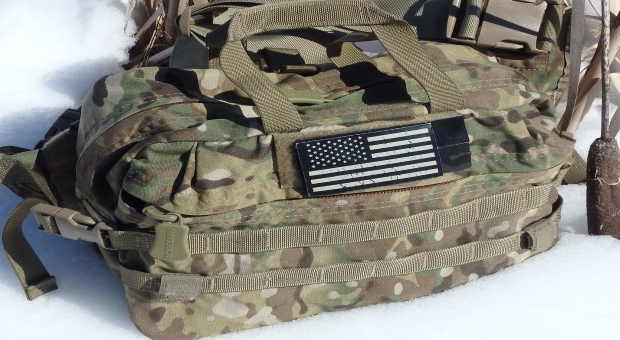




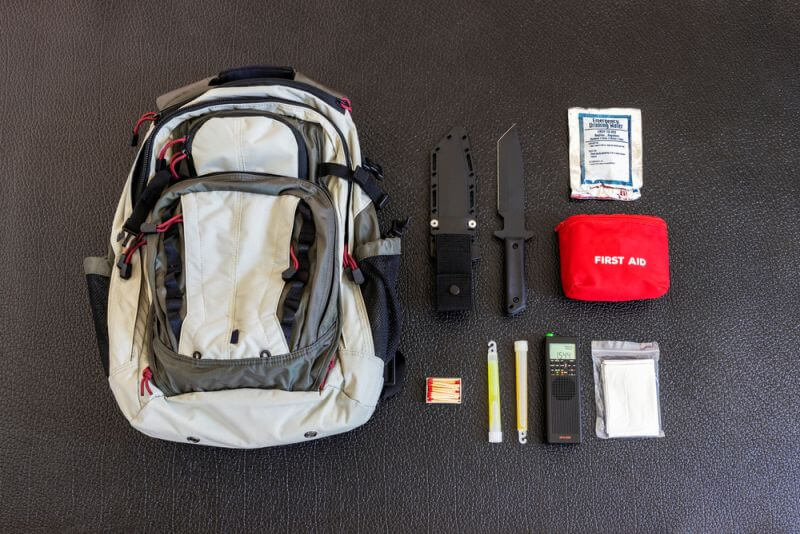

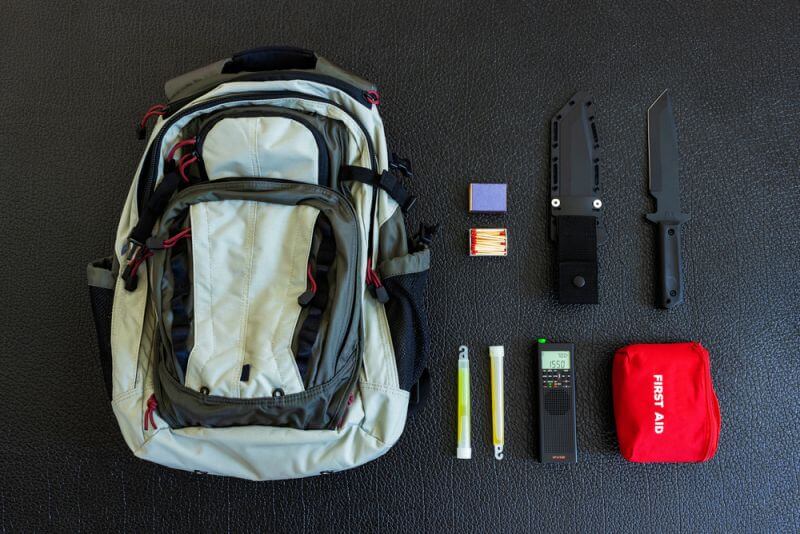


Sarah | August 19, 2019
|
Sir, I know that survival is normally survival of the fittest. In a dire situation it will be so. You and other peppers often discuss the need of firearms for personal security and for food gathering. Having been raised around firearms and lots of training and practice with them, CCW licensed, able to empty a magazine into a bulls eye in about 3 seconds, etc., I felt very confident. Life has taken a toll. Due to injuries as a child I grew a brain tumor. It was removed and against all odds I can take care of myself in today’s world. Being realistic I am wee aware I no longer fit the category of the “fittest” any more and can no longer hit what I aim at with a firearm, bow and arrow or anything else that requires accuracy in direction., I can’t change what is, though through stubbornness I keep trying. I’ve accepted that the high likely hood is that in a dire situation I well may not survive. I am wondering, however, if you feel like someone who can’t use arms or a bow has much of a chance of survival in dire circumstances?
radarphos | August 22, 2019
|
Sarah, go online to Self-Reliance Outfitters. That place was started by David Canterbury (one of the original Dual Survival TV show guys). Check out their Pathfinder Sling-shot BOW (about $40). They sell arrows for it, whiskers (that help keep the arrow where you want it to be before releasing the sling-bow, and even a fishing arrow tied to a string for bow-fishing. Of course, it can also fire steel balls, marbles, rocks, etc. It comes in a belt carry pack. It would be easy to practice with, say in a garage or in a basement (such as in winter states). A lot of small animals have their own sense of “safe distance” from other animals and people. That “safe distance” can be 20-feet (far enough to hop-run away and get away). You might also examine getting cage-traps for rabbits. With those and a raising rabbit book you could have the potential to “raise your own meat rabbits.” I’m told in some countries, people raise guinea pigs for food, because like rabbits they are fast breeders and meaty. There are also some nifty home-made bird traps shown on YouTube that people in other countries use to catch food. Nets for fishing. I let my dandelions grow in my yard, because their are edible and I can find their roots even in winter. Sprout Seeds don’t take up much room. A one-pound bag of dry seeds has about 48 tablespoons of seeds, when using 1 TBSP per quart size Ball Jar.. Put in Ball jar, soak with water-12 hours., daily rinse. and In 4 days you have healthier vegetables than the parent-plant that produced the seeds. Where there is a will, there is a way; and it may be easier to grow your own (indoors), and raise your own (even in doors) than try to hunt your backyard or nearby property.
Sarah | August 22, 2019
|
Thank you, so much, sir, for your help. Will definitely check out the bow and begin practicing with it. I have been using sprouting seeds for a long while and have pretty much become “store free” as far as vegetables and fruits are concerned. With the use of garden towers I’m able to raise all my own vegetables, herbs and some fruits, plus the sprouting seeds. Yes, I let dandelions, purslane, lambs quarter and any other edible “weeds” grow unrestricted and I harvest from them, making sure they have plenty of seed to drop for following years. Most of my problem has been the ability to gather meat. I’ve been to S America and eaten guinea pig and it’s good. Elk and cougar are some of my favorite meats, but have no ability to obtain those at this time, though they are available.. I appreciate the suggestions about fishing because that is an option where I live, though I’ve never taken it up as a hobby or sport. Need to do that so if need be I won’t be struggling about how to do it when/if there is no choice.. I like the bow idea (It’s silent) and if I can get good enough with it, raccoon, feral cats and skunks are plentiful in this part of the country, all good eating if/when necessary. Come to that I wouldn’t be beyond eating a lot of stuff most Americans would shy from, if not refuse, even if they starved to death. If I got hungry enough dogs better watch out too. Don’t care for dog as much as cat, and yes, I’ve eaten both in S America. Thank you, again, for all your help and the website to visit. You’ve given me some hope I haven’t had since the brain tumor removal and discovery that I can no longer shoot a firearm accurately.
Brian N Johanson | November 13, 2019
|
As I certainly want to avoid patronizing you at all costs, Sarah, …your email touched me like not many others of the thousands that I review daily, not just via this subject, but of the many others that I track.
We, ranging from professional (military/law enforcement) ,marksman, instructors, enthusiasts, etc., to rookies seeking their first steps with learning the attitude, mindset, and skills required to adopt this new epiphany of responsibility and wisdom that is inherited as a consequence, is ALWAYS accompanied by question re. your internal confidence and emotional security; THAT IS HEALTHY.
Are you qualified as somebody, …versus the average joe (anne) out there…, to be formidable against a threat to you seeking to commit great bodily harm? I don’t know you, but I certainly wouldn’t wish someone to mess with ya.
You hang in there, being some sort of “Hercules” out there is the least of your worries; good thought process/situational awareness, training, and …well, being prepared will suit you beautifully with the rest of us.
~ B
Sarah | November 14, 2019
|
Thank you, Brian. I appreciate your perspective, support and encouragement. I appreciate the respect and the absence of being patronized. I do the best I can under the current circumstances and would certainly hope anyone else out there would be striving toward self sufficiency with a realistic understanding of what they have available to them, including their physical/mental/emotional health. Being stubborn has had its advantages in being as self sufficient as possible, especially when the doctors gave me a 0% chance of ever taking care of myself (and that only included basic activities of daily living). I thought they were nuts at the time and still think so. Their encouragements and offers of assistance to help me become a dependent victim were not acceptable or accepted, and every day I’m thankful I made the choices I did. They can’t understand yet how I am able to take care of myself, much less anything else I’m doing. Their advice and encouragement are things I am very thankful to have known to be unacceptable and made different choices.
To some degree I can agree with you on the aspect of feeling sorry for someone if they decided to “mess with me.” No details need be provided, but to date all would-be-attackers have come out the loser or chosen not to press their luck and have left as quickly as they can. It’s been a lifelong learning curve to help people know that I can be a very good friend who will help, to my ability level, or a note worthy opponent to someone with wrong ideas. I’m still learning that skill.
The original response to my initial question to the article was of great help because it brought back to memory some things I learned as a child that I’d forgotten. Have tested them out, minus the effective critter killing mechanisms and they work wonderfully. Since I don’t need the source of protein yet, it is very satisfying to see the critters walk away happy and healthy, but it also gets them accustomed to not being wary of something that will kill when the time for that need arises. Cute as the raccoons, skunks and feral cats are, and ugly as the opossums are, none of them will be rejected as a food source if I get hungry. So the protein source for survival is of much less concern. I’d just as soon not have to eat slugs, snails, grasshoppers, grubs, ants and many other such bugs for protein, but I sure would if I got hungry, and without hesitation.
One of the things I very much appreciate about your perspective, at least what I got out of it, is the understanding that life does/can take a toll in different ways, but rather than feeling sorry for someone with an “oh, poor you” mentality, you encourage people to continue, to be as self sufficient and be prepared as possible, aware, and while willing to give and receive help, also be as independent as possible. Since I don’t feel sorry for myself, I sure don’t want/need anyone else feeling sorry for me.
Cherie | September 22, 2019
|
I am trying to find the information you listed in one of your articles regarding a straw or tube used for purifying water from streams, etc.
Phantom30 | February 20, 2020
|
A Glock and a Dragunov magazines in your bug out bag, really? I would have used Springfield XD and AI style 300WM or 338 Lapua in my example picture, at least some parts made in America. Even a PMAG with 6.5 Creedmoor. But Glock and Dragunov??